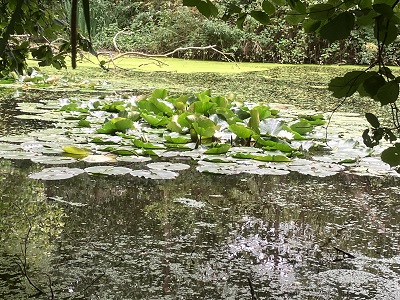Living Planet
Nature · Earth · ClimateNature Notes: September 2024
STRAW IN THE WIND
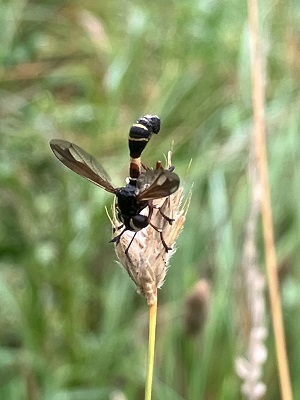
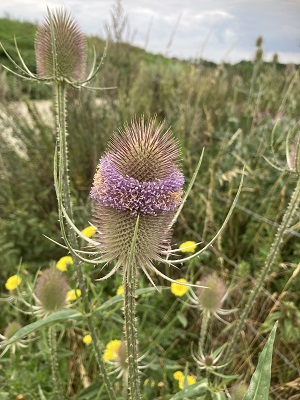
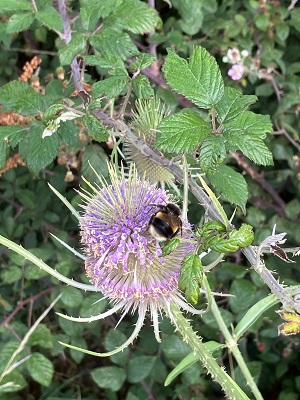
Highlights of August: purple flowered halos around teazel spikes; a rare mason/potter wasp on a grass head; the Perseid meteor showers; rainbow colours in the iridescent feathers of a sunbathing magpie; dozens of striking yellow and black cinnabar moth caterpillars chomping on ragwort; the hairy reddish flush of Robin's Pincushion galls amongst field roses; three kestrel chicks flying and perching together; relocating a female, lime-green Oak bush-cricket (the UK's only native arboreal species) from the corner of my bedroom ceiling to a nearby tree canopy for egg-laying; a lizard on the edge of a hay-tossed field, fresh white water lilies on our ponds and lakes.
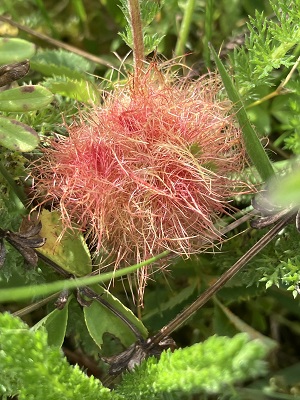
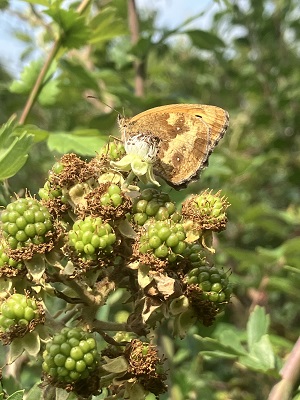
Lowlights: hardly any bees, hoverflies, moths or butterflies on my buddleia; a marked drop in insects nationwide; no nightingale song nor bat sightings; more signs of early Autumn with swallows already gathering on telephone wires, dew-laden webs stringing the fields on golden misty mornings and clouded yellows dancing in the changing wind; being woken repeatedly by the excited screeching and cackling of a 'family' of corvids dancing on the roof and 'twanging' my tv aerial before raiding the bird table at first light (although they do clear my gutters of moss); flesh tearing bramble tentacles that seem to grow 2ft overnight.
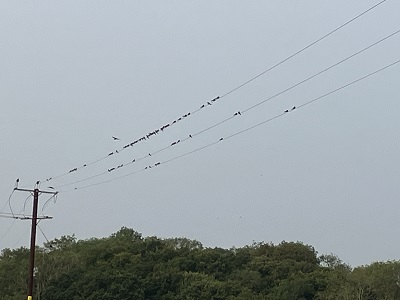
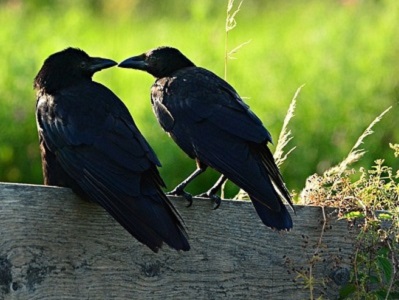
Key Messages: Switch off your outside lights. We've long known that artificial light pollution adversely affects birds and mammals, but a new study has found that streetlights also make leaves so tough that they're inedible to insects.
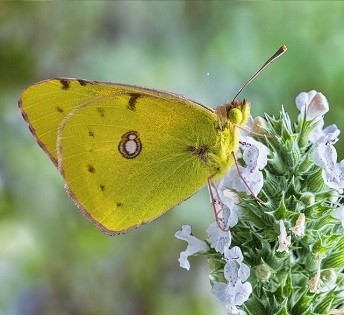
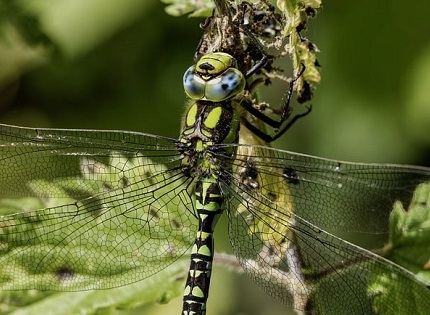
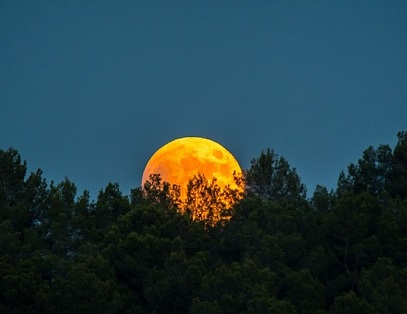
What to look for in September: hopefully more late summer butterflies and hawker and common darter dragonflies; cinnabar moths spinning their cocoons to pupate until next year; flocks of small seed-eating birds in stubble fields; a super 'harvest' moon on 17th; hoarding hibernators raiding nature's larder of edible wild food for the winter and, as the nights draw in, hungry badgers and hedgehogs venturing out earlier in search of sustenance.
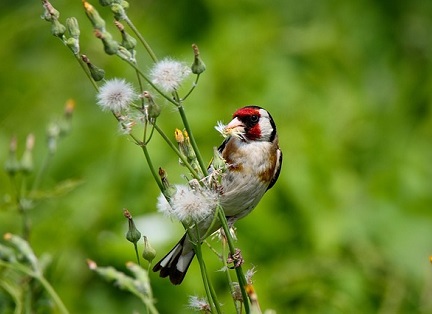
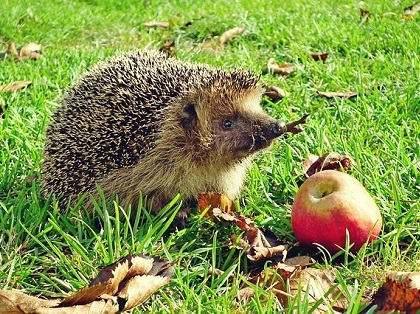
What you are more likely to see: fungi everywhere; horse and sweet chestnuts swelling and dropping from the trees; goldfinches foraging in the hedgerows; blackberries, rosehips, guelder rose berries and sloes; the odd wasp high on sugar (adults are unable to digest solid food so they're attracted to nectar, honeydew from aphids and other sweet sources); starling murmurations; the dance of daddy-long legs over dew-drenched grass.
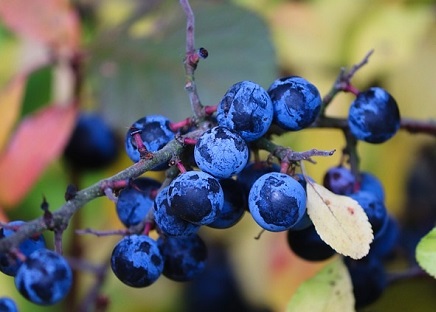

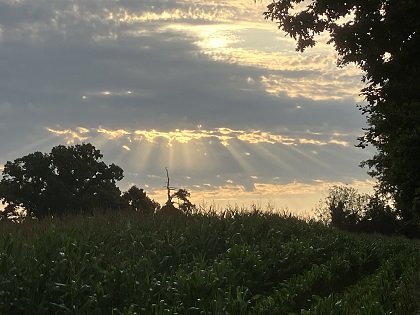
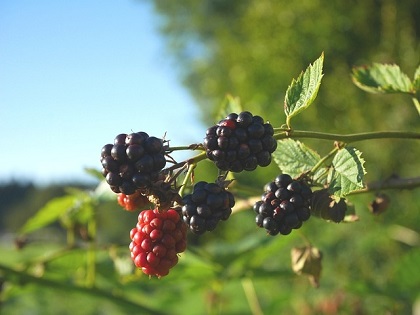
What you can do this month to help:
1) Early Autumn is when many creatures are less active, so this is the best time to clean out your garden pond or think about creating one. View the Froglife website for information.
2) Make a pledge for the planet and take part in the Soil Associations 'Organic September' and/or Oxfam's 'Second-hand September'.
3) Visit the coast between 20th-29th September for MSC's 'Great British Beach Clean'.
